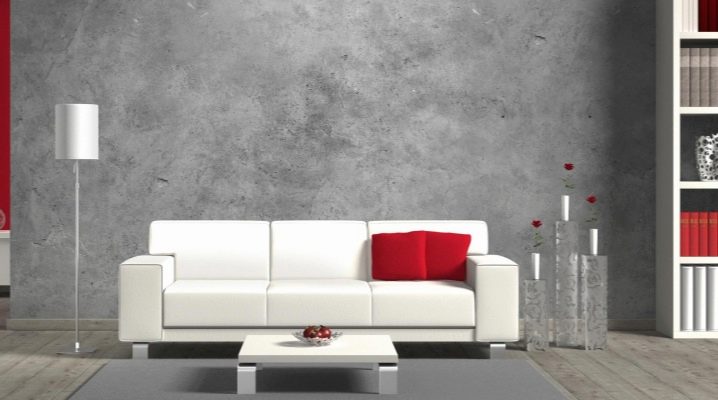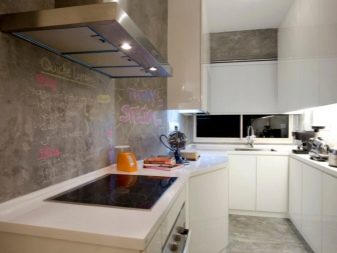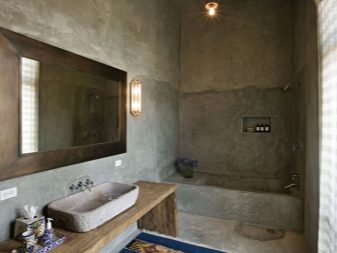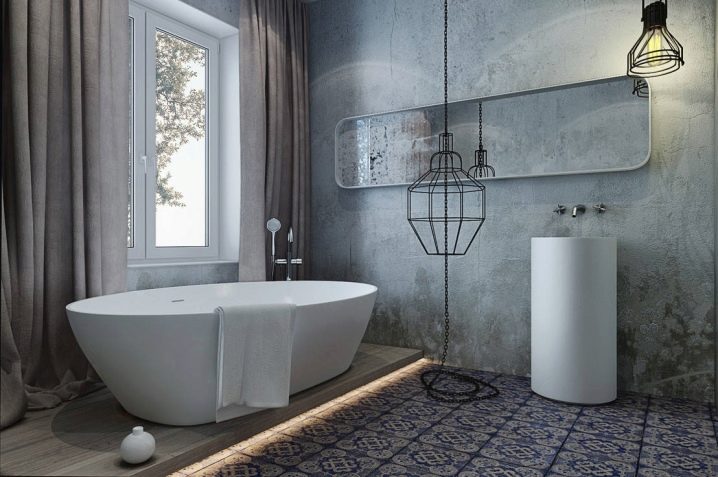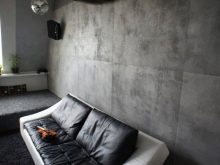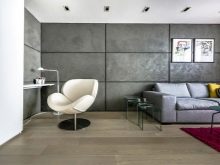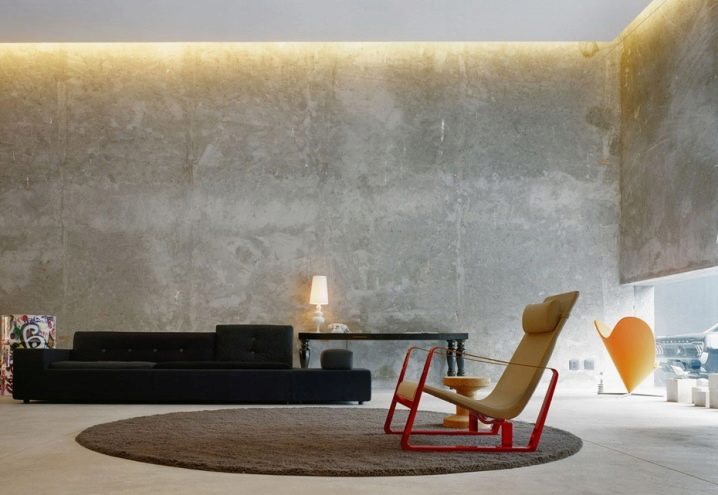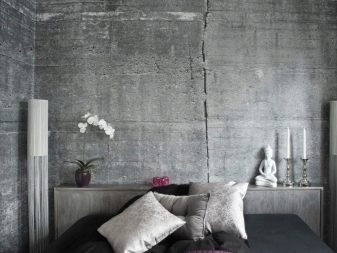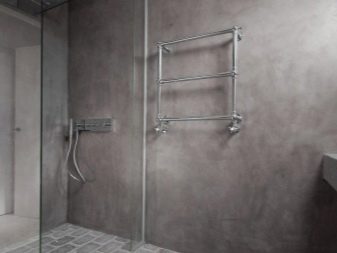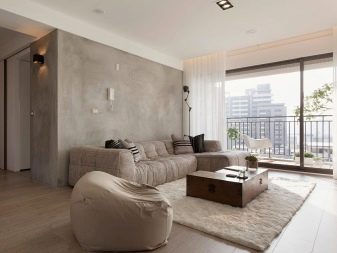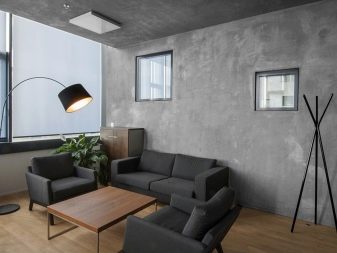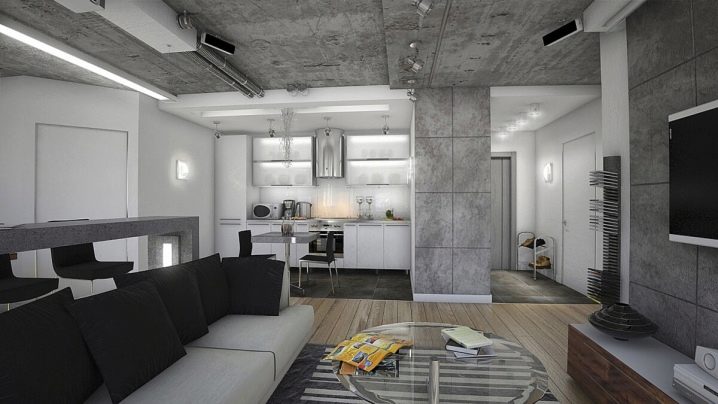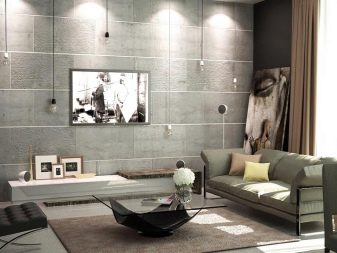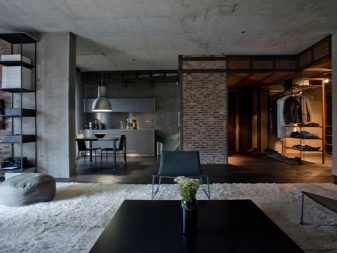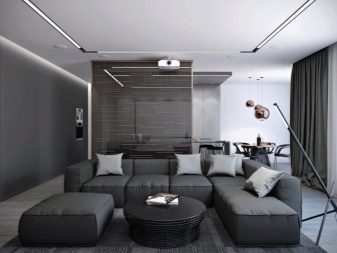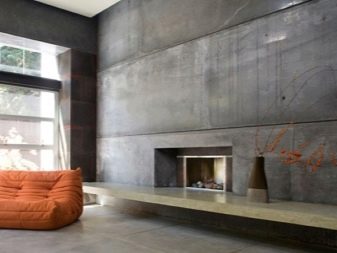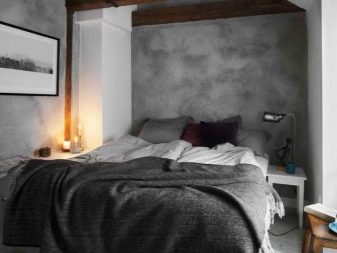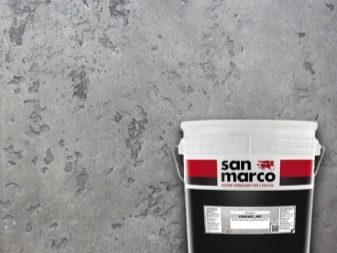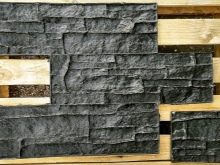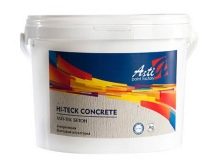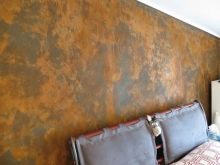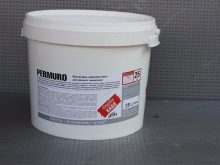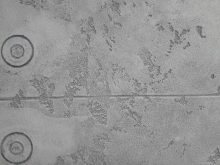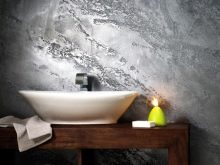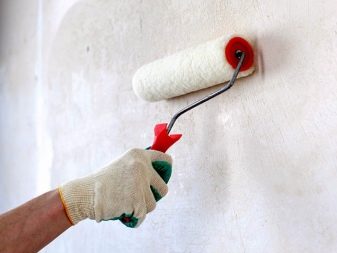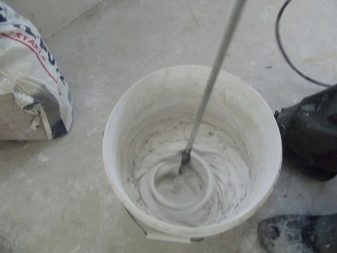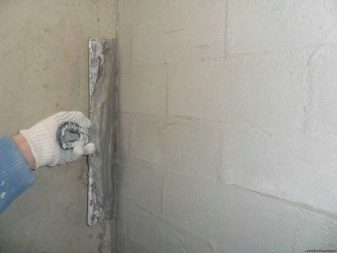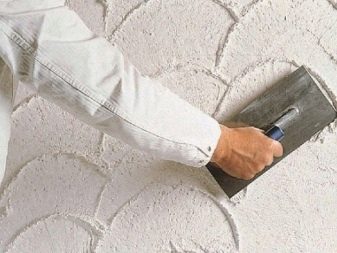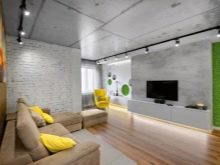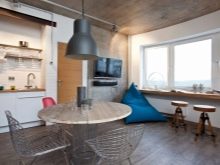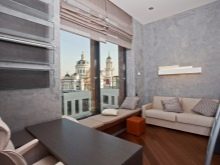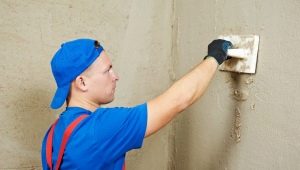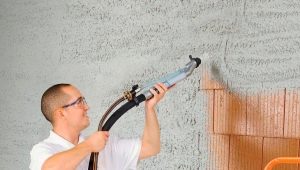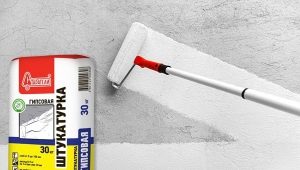Plaster under concrete: types and methods of application
Recently, decorative plaster has become an integral part of repair work. The versatility and modernity of this material is so high that the variety of textures increases every year. One of the trendiest coatings today is concrete plaster, which has many positive qualities, as well as a wide range of uses.
Special features
Before you choose a plaster for concrete to finish the room, First you need to familiarize yourself with some features of the material with which you plan to work:
- such decorative plaster has a porous structure and a rough surface due to small particles - sand, stone crumb;
- you need to cover the wall with several layers of this building material, this is how you will achieve relief;
- Before applying the plaster, the walls must be cleaned from the old coating;
- Use a respirator and gloves to work with this raw material.
In addition, it is possible to highlight some of the advantages that are characteristic of concrete plaster.
- Independent repair work. With this type of plaster you can easily learn the application technique yourself, as well as create the desired surface relief.
- The ease of working with the mixture will not take you much time, as the raw material is very plastic, it is applied very easily and quickly dries.
- Heat resistance is a very important quality for repair material. Such a plaster under the concrete will cope with both high and low temperatures, as well as their differences.
- Moisture resistance. For rooms with high humidity is an excellent alternative. Due to its porous structure, the coating absorbs excess moisture in the air.
- Versatility is a quality that many designers appreciate for concrete under plaster. This coating can be used in almost all modern interior styles.
- A large range of colors is an important quality for modern construction works, as with the help of various colors you can create a unique interior.
- Excellent compatibility with other materials, whether wood or metal.
- Aesthetic, expensive appearance for both the facades and indoor areas.
- It is possible to form any pattern that can be imagined.
- Huge selection of decorative composition with all sorts of additives.
- High resistance to mechanical stress. Such a coating is very difficult to scratch or break.
- The ability to sound absorption is the choice of this material of many audio studios.
- Fireproof raw materials due to the fact that sand is included.
- A mold fungus will never develop on such a surface.
- Unpretentious care. A concrete wall with any texture will hide any flaws in your room.
Unfortunately, any building material has its drawbacks, despite such a huge number of advantages:
- the high cost of decorative concrete plaster reduces its popularity;
- toxic material, which should comply with safety, so as not to harm the body.
Kinds
There are two main types of plaster which imitate a concrete surface.
- Microconcrete - It is a mixture that consists of cement.It is enriched with quartz crumb, polymer additives and dyes. This composition has a high ductility, stronger hygroscopicity and heat resistance, and also does not absorb any odors.
- Micro cement - This is a cement-polymer mixture. The composition of this raw material differs from microconcrete by the absence of quartz chips. With it, you can finish metal, wood, plastic, concrete surfaces and even ceramic tiles.
And also decorative plaster is divided into the following types:
- textured plaster mix creates a rough surface;
- structural takes a relief look and an uneven surface;
- Venetian creates a perfectly flat surface, due to this imitates a smooth concrete slab.
This variety of species is determined by the presence of smaller and larger particles in different compositions, which form many different surfaces.
Style and design
Of course, the coating of decorative plaster walls, which creates an imitation of a stone, wood or concrete, must match the style of the room. To date, interiors, made in the style of loft and hi-tech, actively use this design solution.
Loft
Living room, made in the style of loft, will be the most interesting and attractive object of your home. For example, an authentic wall, covered with plaster under concrete, would be an excellent background for a huge TV or austere classic paintings. The concrete surface in the kitchen will harmoniously look with the kitchen set instead of ordinary tiles. And you can also add a tabletop that will imitate concrete - this will be perfectly combined with the walls. Do not forget that in such a strict interior it is important to add elements of tenderness in the form of a vase with white flowers, a cozy sofa with pillows, as well as classic tableware.
Think of this property of concrete plaster, as increased resistance to moisture and temperature changes. Such material will serve as the beginning of the creation of a new stylish bathroom. Crystal-white glossy plumbing will look great with rough concrete walls.
And also you can decide to decorate the walls with a decorative coating in the bedroom. Wooden furniture and parquet will be an excellent addition, creating a special atmosphere with "warm lamps".
High tech
This style literally translates as "high technology."It is characterized by brick or concrete. This is a close relative of the loft style, so the concrete walls will be perfectly combined with the stairs, pipes, modern appliances.
Famous manufacturers and reviews
In the construction markets a large selection of plaster for concrete. But the seller will not be able to answer for the quality of the goods under an unknown brand. That is why you need to know the quality of well-known manufacturers, as well as reviews of the products they produce.
- Prof decor - This is a Russian company that produces decorative building materials. They are true professionals in their field, cooperating with a large number of construction firms and with foreign partners. Customers leave only positive feedback, and the company is rapidly developing. Textured plaster for concrete offers a huge range of colors, different types.
- Italian company San Marco occupies a leading position in the production of paints and coatings. She makes decorative plaster mixes based on polymers. In this regard, such a coating will have a huge number of positive properties.
- Brand Flex Beton System creates coatings that accurately imitate natural materials - brickwork, tree bark, stone, sand. It is for such a feature that Flex Beton System is in demand in the construction markets.
- Krasnodar company produces decorative plaster under the concrete - "Asti Hi-Tech Concrete". In connection with the availability and quality of the material, the Krasnodar company ranks first on the list in the domestic markets.
- Material System RustOnu Ironic produces thin-layer decorative material with a metal structure - Animamundi. This is one of the favorite types of plasters of fashion designers, as this coating allows you to get the effect of a matte pearl coating.
- Permuro Plaster it is completely unrealistic to find in the construction markets, as it is bought very quickly. The raw material of this company is not only an excellent decorative finish, but also a good insulating material.
- Ceresit and Caparol manufacturers produce good, high-quality products with high rates. A nice bonus is the low price, which is available for budget repairs.
- Construction company Optimist Elite produces high-quality material on the latest technology.
Application technology
Having studied the technology of applying plaster mixture, you can independently cover the walls with plaster under the concrete.
- Preparing the walls. First you need to clean the walls from the old coating, as any projections will interfere with the quality of application and adhesion to the surface of the decorative plaster. After that you should thoroughly moisten the walls with water. This will not only moisturize them, but also clean out construction dust.
- Primer walls - a very important point. To do this, purchase high-quality soil mixture. After coating, let it dry. This will improve grip on the wall in the subsequent applied materials.
- Preparation of plaster mixes for concrete. If you purchased the mixture in the store, then you should strictly follow the instructions. If the composition is made independently, it is usually dry, diluted with water to the desired consistency.
- Plastering. First you need to lay the base layer. To do this, you will need a spatula, with which you will distribute the mixture on the wall, while maintaining the desired thickness. The plane turns out equal, smooth. The base coat should be completely dry.But after applying the second layer, it is not worth waiting for a long time, since it must remain somewhat moist, this is necessary for a better effect when forming an textured surface.
- The formation of the invoice. This is a design stage. The easiest way to form an interesting relief is a broom and an iron brush. For a more complicated method, special stencils, rollers with a relief nozzle, spatulas, and polyurethane dies are used.
- Relief correction carried out after complete drying of the plaster. To do this, use sandpaper to walk on the surface of the wall.
- Coloring or treatment with lessening compositions. This stage is necessary to achieve the desired design effect.
Tips and tricks
When using decorative plaster in the interior you should not overdo it:
- you should not cover all the walls of the room with plaster;
- select the color correctly, as the walls must be in harmony with the furniture and other interior details;
- if you decide to finish ceilings with plaster under concrete, pick up lighter shades;
- Do not create sharp contrasts in a room with a concrete wall;
- Do not put too large a layer on the wall, as this decorative material is not suitable for leveling surfaces.
Do not be afraid to turn to design ideas or supplement them with your own.
How to apply the plaster under the concrete, see the following video.
